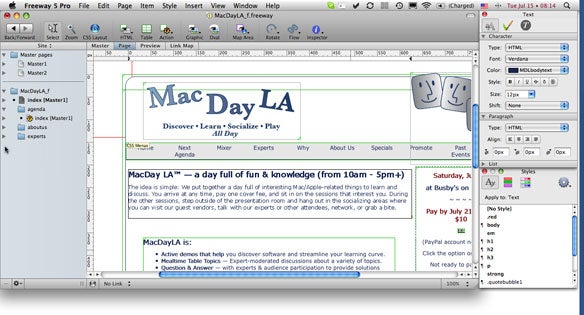


This resulted in what is now known as marble cake federalism. The central government needed a unified plan of action to take care of all Americans, so certain boundaries previously reserved for the states were crossed, and the result was that the distinction between state and federal powers became less defined. The federal government instituted national programs to help repair the nation, including the REA and WPA. Popular in the 1930s after the Great Depression, and lasting up until the 1970s, miscommunication and power struggles between state and national governments began that led to the national government taking control of the situation in order to fix certain problems, such as the economy. This term describes the belief that all levels of government should work together to solve common problems.

When this competition exists between members of a federation, it is called competitive federalism. It is known that a successful economy will carry on healthy competition and competition between governments, which is beneficial. Since the size of the federal budget is becoming more limited in regards to policy making, Congress has been more and more willing to use items such as coercive grants and even mandates in order to achieve the policy objectives that were in place during the 1970s and 1980s.Ĭompetitive federalism creates competition between a central government and state governments, mostly regarding the leveling of the overlapping between two or more state governments in order to advocate for better and common economic interests. It resulted in more streamlined services, and it has since fueled a reaction against any type of regulatory federalism. In competitive federalism, there were many efforts to reduce federal control over the grant programs and to revise the federal government’s involvement in spending on general welfare. This type of federalism is mostly associated with the 1970s and the 1980s, and it began with the Nixon Administration. This makes their government quite different than the government in the United States because states have a lot of control and power in the U.S. Everything is controlled by the federal government in the United Kingdom. In the U.K., for example, states do not have the same power. The federal government can pass blanket laws or specific policies that affect each individual state however, the individual states can govern anyone who lives within their borders. In the United States, all governmental responsibilities are divided up between state and federal governments. Nowadays, France and Great Britain are good examples of centralized federalism. Examples include birth control, Medicare/Medicaid, consumer safety acts, food stamps, and other programs to help fight poverty, and even federal aid to schools.Ĭentralized federalism centers on the idea that the federal government should be responsible for setting all national policies, and the state and local governments should be responsible for carrying out these policies.

Mostly associated with the 1960s, this was an era when the federal government essentially forced the different states to implement certain policies by grants-in-aid, or intergovernmental transfers.


 0 kommentar(er)
0 kommentar(er)
